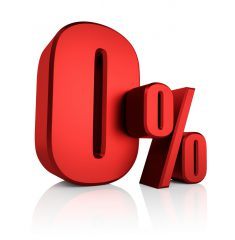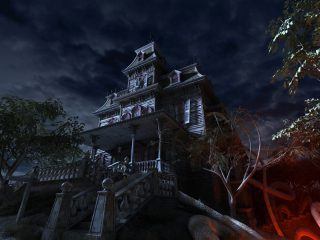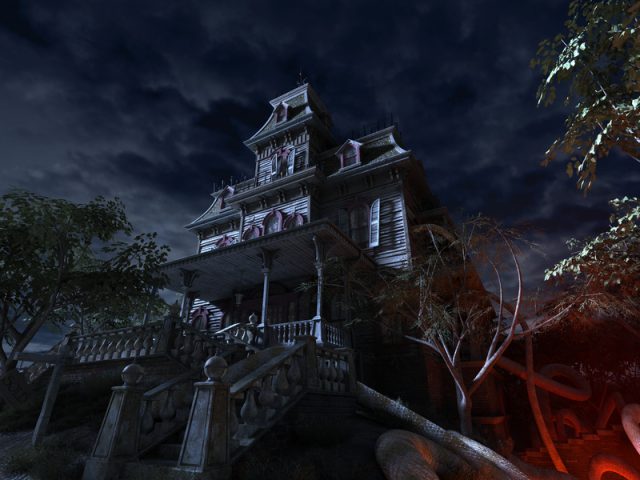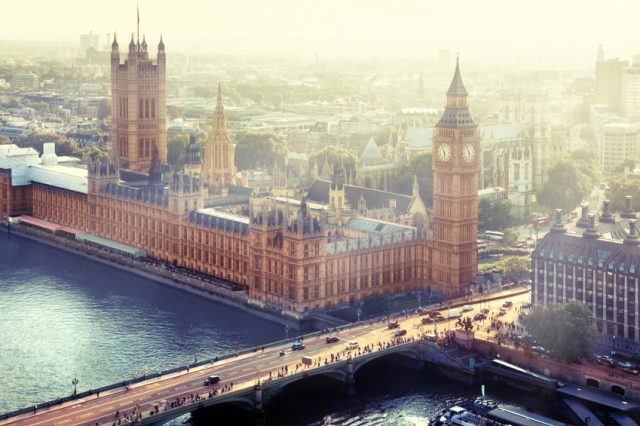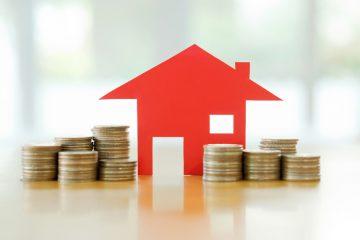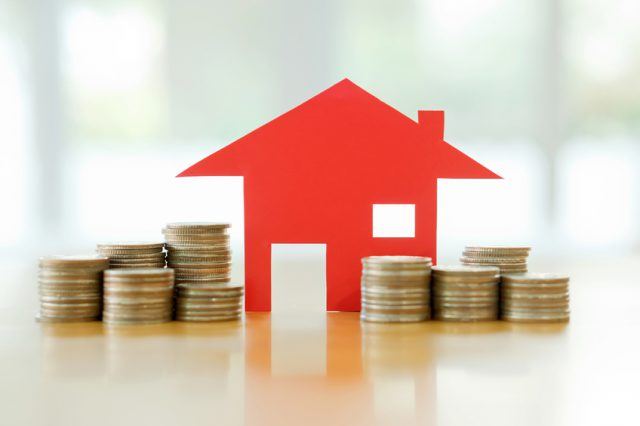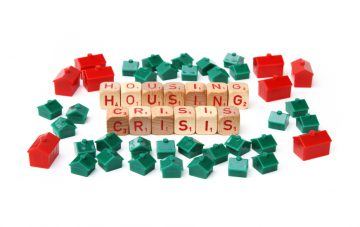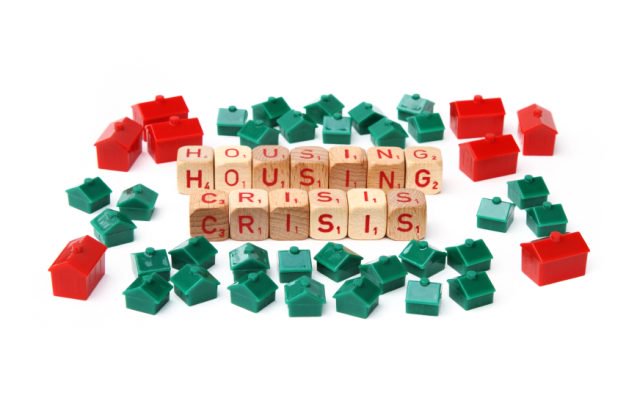House Prices End 15 Consecutive Months of Growth
House prices remained flat in October, ending 15 consecutive months of growth, according to Nationwide’s latest House Price Index.
The building society’s report shows that house prices stayed steady last month, after rising by 0.3% in September.
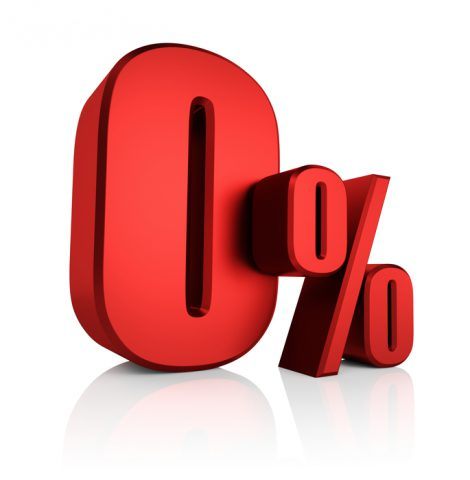
House Prices End 15 Consecutive Months of Growth
On an annual basis, house price growth dropped from 5.3% in September to 4.6% in October.
The average house price in the UK now stands at £205,904.
Robert Gardner, the Chief Economist at Nationwide, reassures the property industry that last month’s decrease in growth rates is in line with the trends recorded since early 2015.
As a comparison, annual house price growth stood at 3.9% in October 2015.
Gardner comments: “After 15 successive monthly increases, UK house prices were unchanged in October (after taking account of seasonal factors).
“Measures of housing market activity remain fairly subdued, with the number of residential property transactions circa 10% below the levels recorded in the same period of 2015 in recent months.
“However, this weakness may still in part reflect the after-effects of the introduction of Stamp Duty on second homes introduced in April, where buyers brought forward transactions to avoid additional Stamp Duty liabilities. Policy changes impacting the buy-to-let market may also be playing a role in dampening activity.”
Jonathan Hopper, the Managing Director of Garrington Property Finders, insists that buyers now have the upper hand.
He explains: “Prices in the immediate aftermath of the referendum were flattered by an injection of pent-up demand, as buyers who had sat on the fence in the run-up to the referendum finally got off it.
“But with the impact of that temporary prop now fading, the buyers who remain frequently hold the whip hand – with many feeling empowered to ask for a substantial discount in return for the certainty of a sale.
“Yet pragmatism rather than panic prevails among sellers, which has so far prevented wholesale price cutting.”
He adds: “Prices are also being supported by a chronic shortage of supply in many areas, but the shift in the balance of power from seller to buyer is palpable.
“Reassured by rock bottom interest rates, a robust labour market, and an economy that continues to grow steadfastly, intent remains strong among domestic buyers.”
Does this news encourage you to push forward with a property purchase?
